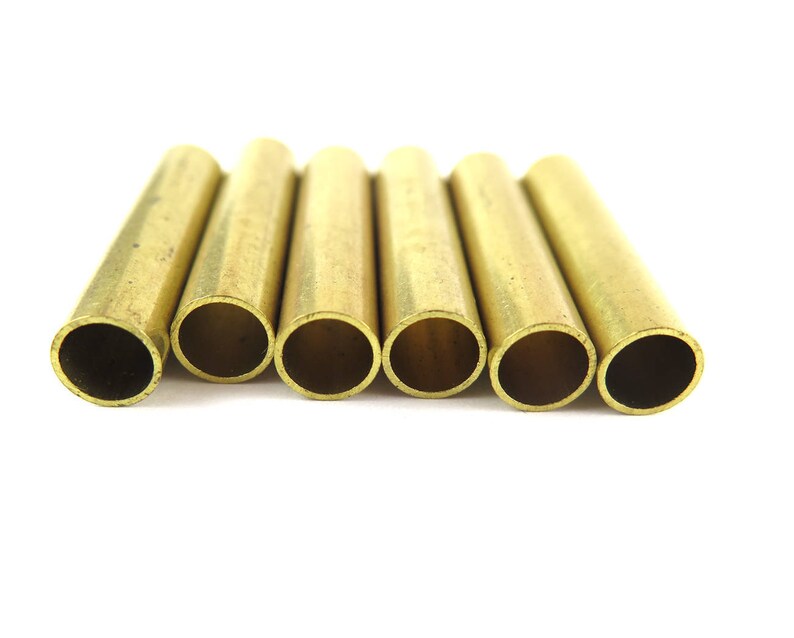What is Special Alloy?An alloy is a mixture of two or more elements, at least one of which is a metal. Special alloys are alloys that have specific properties or characteristics that make them particularly useful in specific applications. These properties might include high strength, corrosion resistance, low coefficient of thermal expansion, high melting point, or a specific electrical or magnetic characteristic. Some common examples of special alloys include stainless steel, titanium, and high-strength low-alloy steel. These alloys are used in a wide range of applications, including construction, automotive, aerospace, and medical implants.
What is Special Alloy Products?
Special alloy products are products made from special alloys, which are alloys that have specific properties or characteristics that make them particularly useful in specific applications. Some examples of special alloy products include:
1. Stainless steel products: Stainless steel is an alloy of iron, chromium, and nickel. It is known for its corrosion resistance and is often used in kitchen appliances, cutlery, and medical equipment.
2. Titanium products: Titanium is a lightweight, strong, and corrosion-resistant metal that is used in a variety of applications, including aerospace, medical implants, and sporting goods.
3. High-strength low-alloy steel (HSLA) products: HSLA steel is an alloy of iron, carbon, and other elements that has a higher strength-to-weight ratio than traditional carbon steel. It is often used in the construction industry and in the manufacture of automotive parts.
Other examples of special alloy products include aluminum alloy products, cobalt alloy products, and nickel alloy products. These products are used in a wide range of industries, including construction, transportation, and medical.
Common Processing Method For Special Alloy Products
There are several common processing methods for special alloy products, including:
1. Casting: This process involves melting the alloy and pouring it into a mold to create a desired shape. Casting is often used to create complex shapes or large components.
2. Forging: This process involves heating the alloy and shaping it by applying pressure with hammers or presses. Forging is often used to create strong, durable components with improved mechanical properties.
3. Rolling: This process involves passing the alloy through a series of rollers to create a desired thickness or shape. Rolling is often used to create sheet or plate materials.
4. Extrusion: This process involves forcing the alloy through a shaped die to create a desired cross-sectional shape. Extrusion is often used to create rods, tubes, or other long, narrow shapes.
5. Machining: This process involves cutting, drilling, or grinding the alloy to create a desired shape or finish. Machining is often used to create precise, detailed components or to finish the surface of a component.
Other common processing methods for special alloys include stamping, drawing, and forming. The specific processing method used will depend on the type of alloy and the desired properties of the finished product.
A Guide For Special Alloy Products Design Process
The design process for special alloy products generally follows these steps:
1. Identify the requirements: The first step in designing a special alloy product is to identify the specific requirements for the product. This might include the required strength, corrosion resistance, electrical conductivity, or other properties. It is important to consider the intended application and the environment in which the product will be used.
2. Select the alloy: Once the requirements for the product have been identified, the next step is to select the appropriate alloy. This might involve considering the specific properties of different alloys and how they will meet the requirements of the product.
3. Design the product: With the appropriate alloy selected, the next step is to design the product. This might involve creating a 3D model of the product using computer-aided design (CAD) software or sketching out a design by hand. It is important to consider the manufacturing process that will be used to create the product, as well as any regulatory requirements that must be met.
4. Create a prototype: Before the product is manufactured, it is often helpful to create a prototype to test the design and verify that it meets the requirements. This might involve creating a physical model using a 3D printer or using simulation software to test the design virtually.
5. Manufacture the product: Once the design has been finalized, the product can be manufactured using the chosen processing method. This might involve casting, forging, rolling, extruding, or machining the alloy to create the final product.
6. Test and refine the product: After the product has been manufactured, it is important to test it to ensure that it meets the required specifications. This might involve conducting laboratory tests or field tests to verify the performance of the product. If necessary, the design may be refined based on the results of the testing.
 Is admiralty brass copper nickel?
Is admiralty brass copper nickel?
 Nitinol Wire/Shape Memory Alloy: An Innovative Journey of Wonders
Nitinol Wire/Shape Memory Alloy: An Innovative Journey of Wonders
 What are the disadvantages of nitinol?
What are the disadvantages of nitinol?